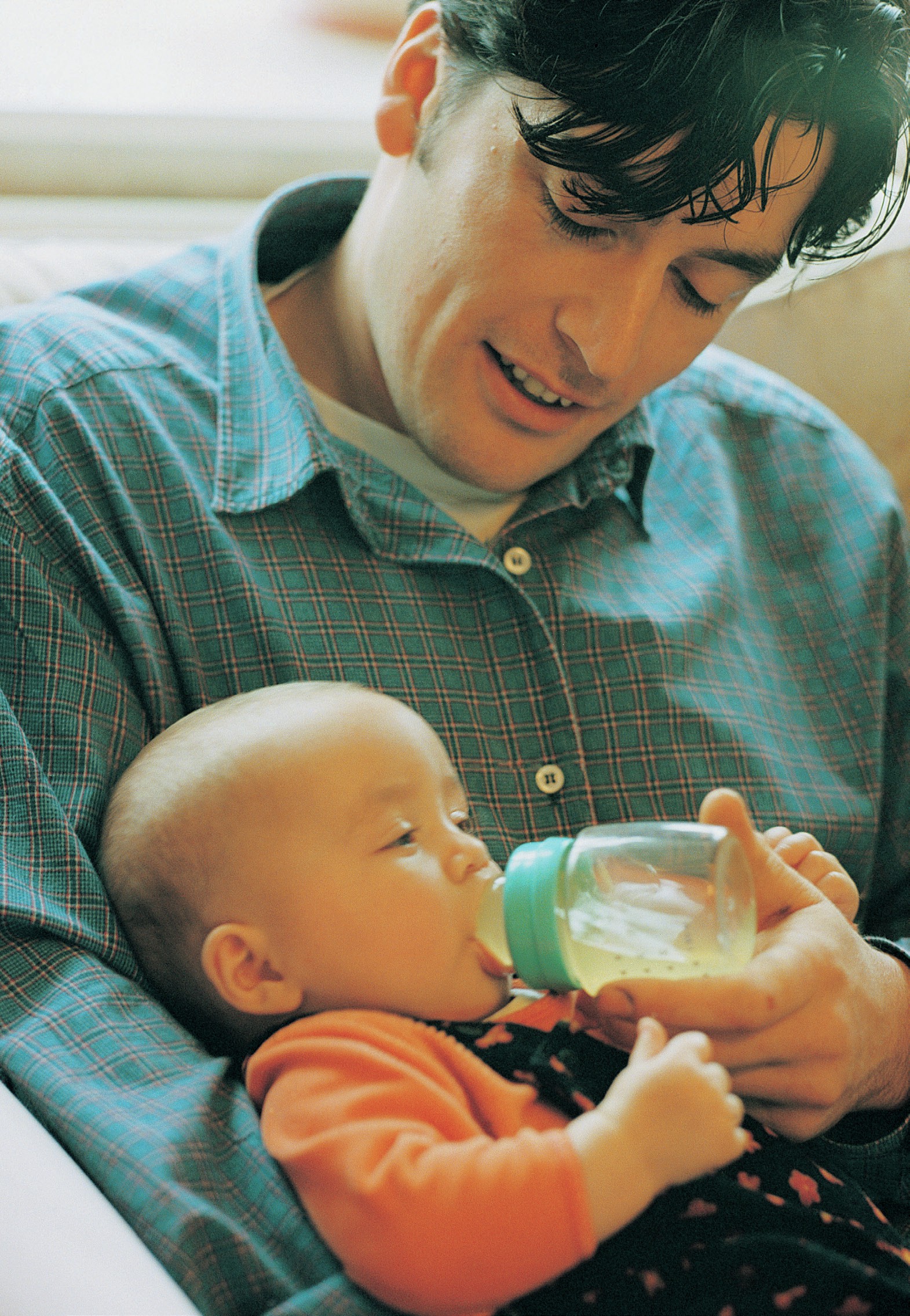
Why study fathers and attachment? After all, the father of attachment theory, John Bowlby (1969) crafted his theory based on principles from ethological theory and psychoanalytic theory, both of which emphasise the primacy of the child’s tie to the mother. The mother of attachment theory, Mary Ainsworth, focused her landmark observations on mothers and infants (Ainsworth and Bell 1970, Bell and Ainsworth 1972). In the early work on attachment theory, fathers were relegated to a role that sounds a bit like being a cheerleader — their mandate was to provide emotional support for mothers. One of the first researchers to study fathers as attachment figures in their own right was Milton Kotelchuck, a graduate student of Ainsworth’s (Kotelchuck 1972).
Interest in fathers and attachment continued to grow. For example, when I was a graduate student, we conducted a study of family relations and child functioning during toddlerhood that included child–father attachment as a key component (Easterbrooks and Goldberg 1984).
Your organisation does not have access to this article.
Sign up today to give your students the edge they need to achieve their best grades with subject expertise
Subscribe



